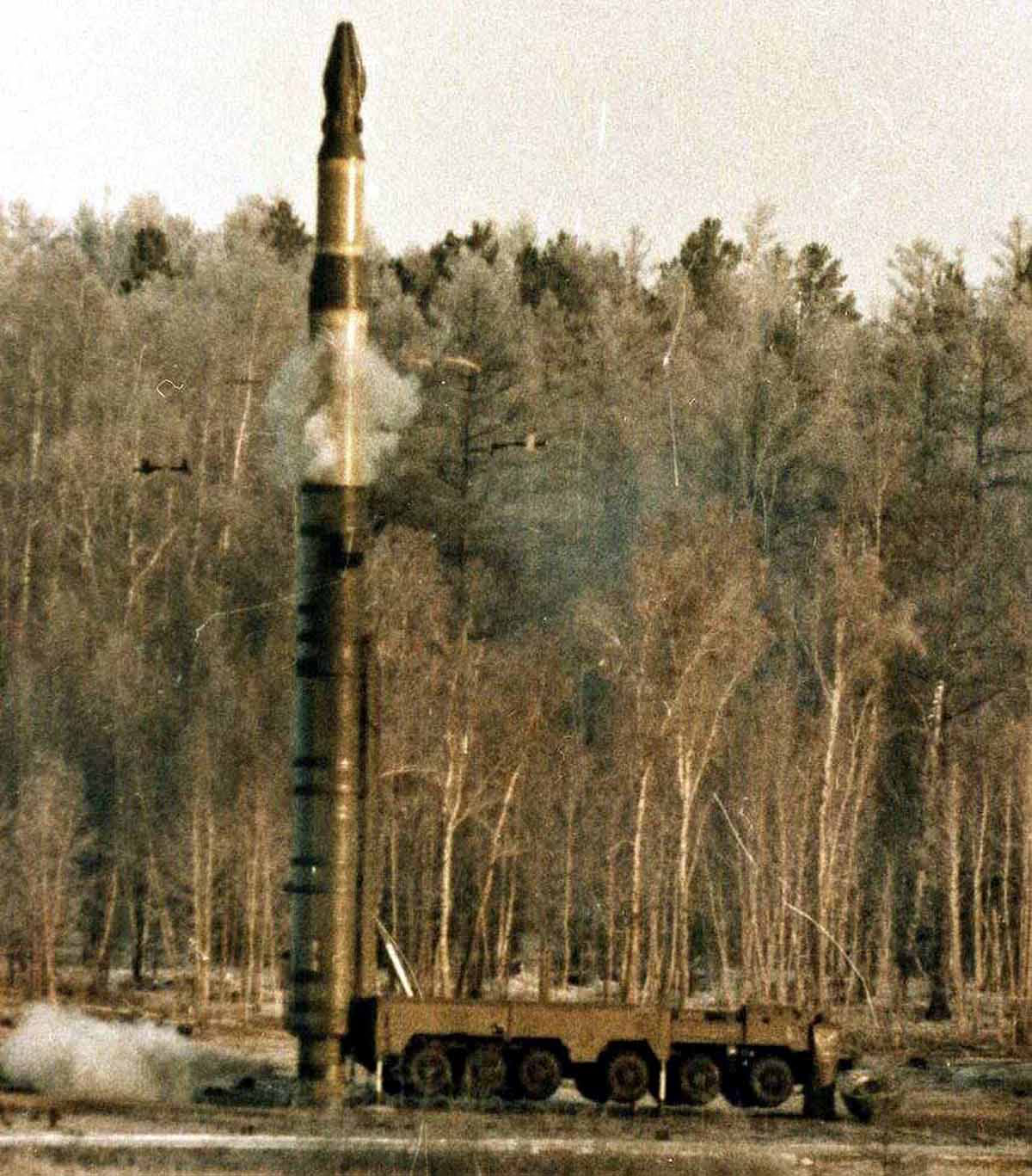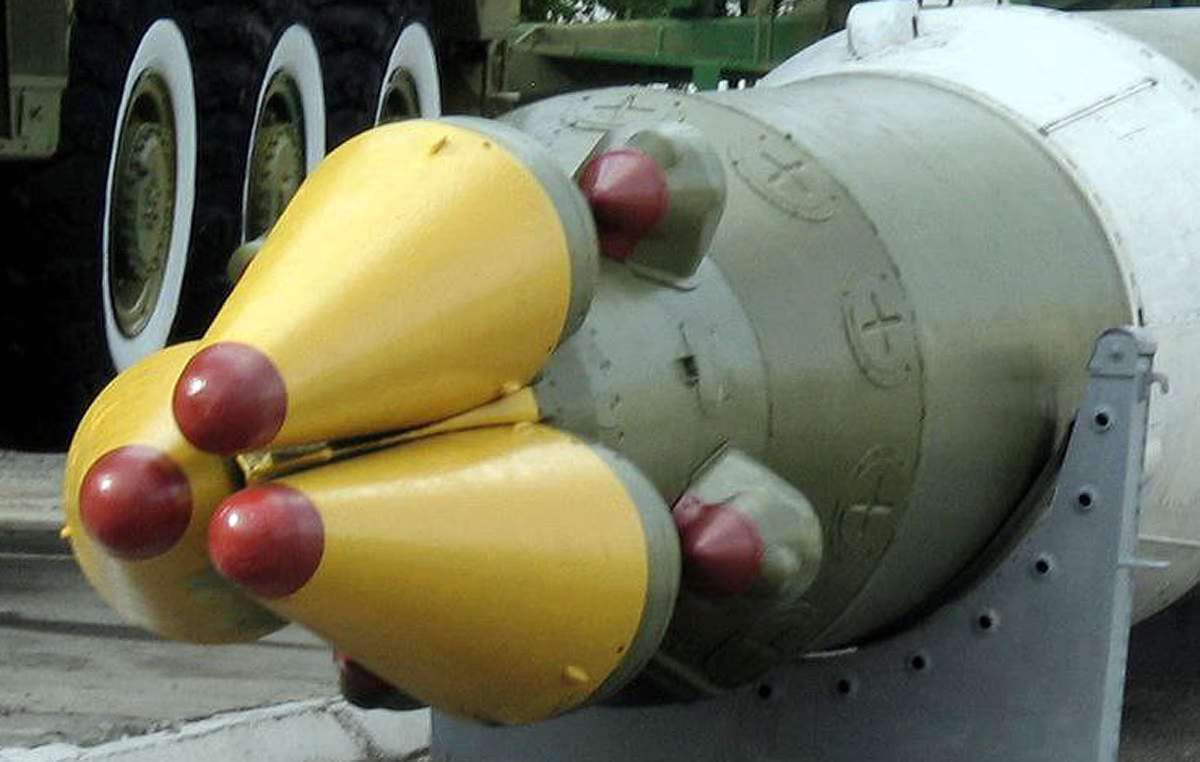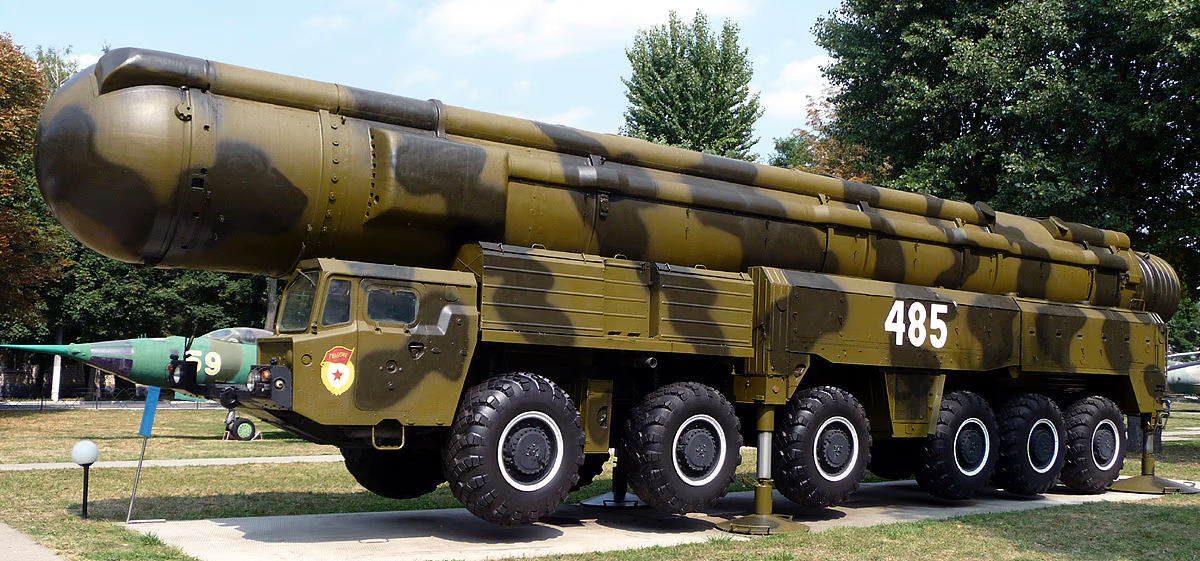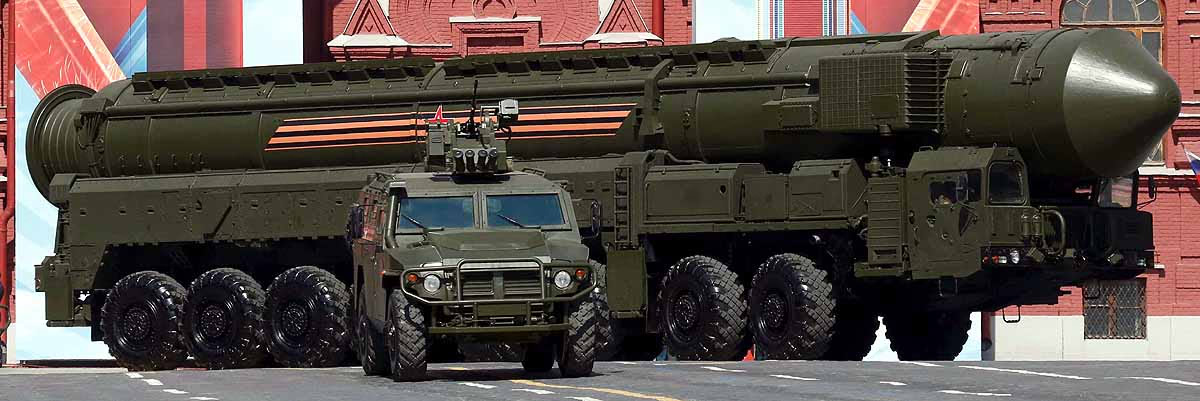On the morning of November 21, 2024, between 5 and 7 am, Russia launched a missile attack on Dnipro, Ukraine, not involving ICBM, Intercontinental Ballistic Missiles. Russian President Vladimir Putin himself disclosed this in his speech. He stated that the attack was made with a new missile, not ICBMs. The Pentagon also confirmed that much of the Oreshnik missile draws from the RS-26 missile.

Source: aajtak
This new missile is a hypersonic intermediate-range ballistic missile called Oreshnik (9M729- Oreshnik Hypersonic IRBM). With a speed of 12,300 kilometers per hour, it can deliver both conventional and nuclear payloads. Its speed makes interception difficult.
This missile has been used by Russia to launch an attack on Ukraine's Pivdenmash facility in Dnipro. Cutting-edge footage suggests the missile employs MIRV technology, capable of hitting multiple targets simultaneously. According to media outlet Sputnik, it can be equipped with three to six warheads, each packing a yield of up to 150 kilotons. Russia launched this retaliatory attack after Ukraine persistently struck Russian targets with American ATACMS and Storm Shadow missiles provided by the UK and France.

Source: aajtak
How quickly can this missile reach various European nations?
Launched from Astrakhan, Russia, the missile can reach England in 19 minutes, Belgium in 14, Germany in 11, and Poland in only 8 minutes. Remarkably, the missile's technology mirrors that of the Soviet Pioneer (RSD-10) missile system, dismantled post the 1987 INF Treaty between the USA and the Soviet Union.
According to the treaty, both countries agreed to eliminate ground-launched ballistic and cruise missiles, especially those with ranges between 500 to 5500 kilometers. By 1991, Russia had dismantled 2692 missiles, including the Pioneer missile. However, the technology remains within Russia's grasp.

Source: aajtak
A formidable amalgamation of two powerful missiles
The Oreshnik missile combines the technologies of two notorious Russian missiles. The first is the ICBM RS-26 Rubezh and the second, the submarine-launched S-30 Bulava missile. The Ukrainian Air Force also confirmed this attack. Apart from this missile, attacks were carried out with the Kinzhal hypersonic and KH-101 cruise missiles, causing damage to significant Ukrainian infrastructure. Notably, only non-nuclear weapons were employed in this assault.
Unveiling the power of RS-26 Rubezh ICBM...
Weighing 36,000 kg, this missile can carry four warheads of 150/300 kilotons each, indicating that it’s equipped with MIRV technology, enabling attacks on four targets simultaneously. The missile is capable of carrying the Avangard hypersonic glide vehicle and has a range of 6000 km, accelerating towards its target at 24,500 km/hr.

Source: aajtak
The might of the S-30 Bulava missile
The Bulava is a submarine-launched nuclear ballistic missile, approximately 38 feet long; its length extends to 40 feet after warhead attachment. It can carry 6 to 10 MIRV warheads, all 100 to 150 kilotons in explosive power. With a range of 8300 to 15,000 km, its speed remains undisclosed. Launched from Russian waters, it can hit targets anywhere globally, be it the USA or Australia.




